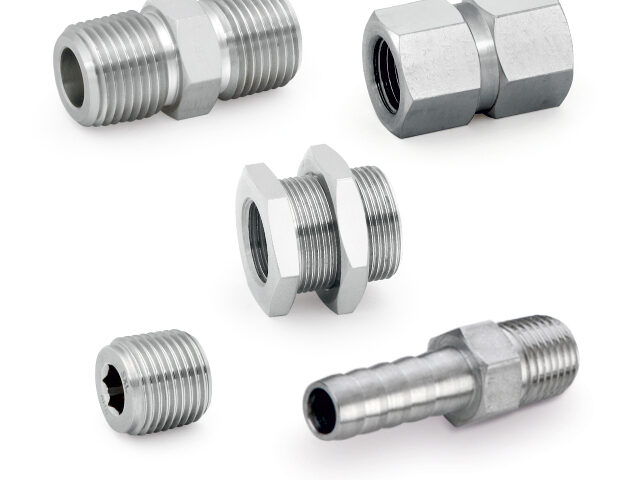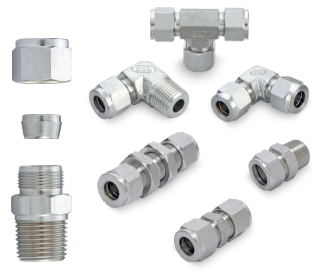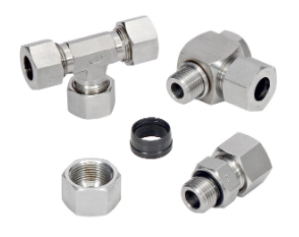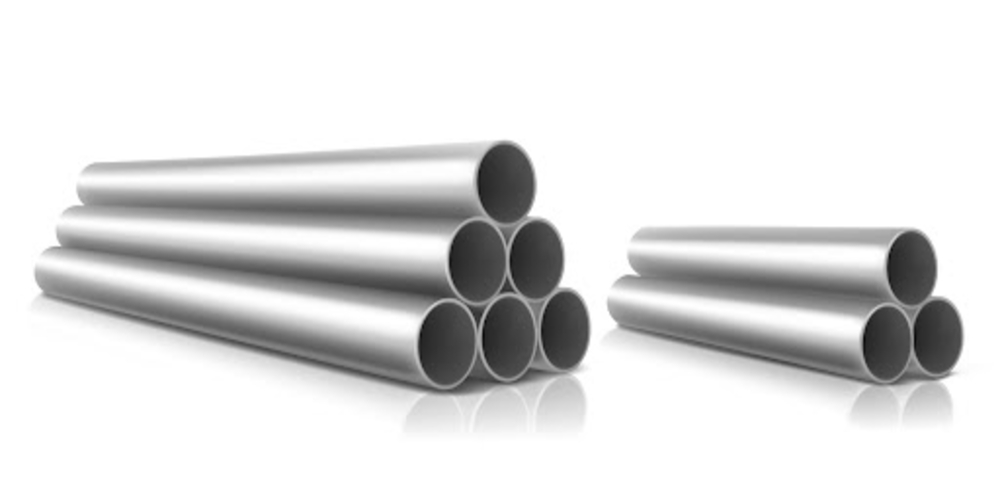
Types of Steel Pipes: Understand Your Choices
January 9, 2025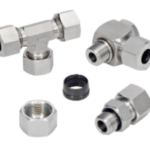
Pipe Fittings for Plumbing: The Present Situation
January 27, 2025The complicated pipe manufacturing process turns raw materials into necessary parts utilised in a variety of sectors, including transportation, oil & gas, and construction. Quality must be the top priority throughout the whole process, even while cost-effectiveness and efficiency are important. Strict quality control procedures are essential to the reliability and validity of the finished product; they are not just an afterthought.
Why Quality Control is Paramount in Pipe Manufacturing
Ignoring quality control in pipe manufacturing might have serious consequences. Bad pipes may result in:
- Catastrophic Failures: Pipe breakdowns in important infrastructure, such as gas networks, water supply systems, or pipelines delivering risky industrial products, can have disastrous results, such as:
- Pollution of the Environment
- Damage to Property
- Death
- Economic Losses: When pipes collapse, necessary services are interrupted and expensive repairs and replacements are required. Due to operational interruptions and downtime, businesses and industries that depend on these pipelines suffer large financial losses.
- Safety Hazards: There are significant safety dangers associated with leaking pipelines, including:
- Gas leaks can cause fires.
- Water supply pollution
- Collapses of structures caused by unstable foundations
Important Quality Control Procedures for Pipe Manufacturing
Every step of the pipe manufacturing process, from raw material purchase until final testing and delivery, is impacted by effective quality control. Here are a few important actions:
1. Raw Material Inspection:
- Material Selection: Selecting the appropriate raw materials is necessary. High-quality materials that satisfy particular requirements for strength, durability, and anti-rust properties must be chosen by manufacturers.
- Testing and Analysis: To make sure getting materials fulfils the necessary requirements, extensive testing is done on them. This might consist of:
- Chemical composition analysis
- Testing of mechanical properties (such as impact resistance and tensile strength)
- Checks for dimensional correctness
2. Process Control:
- Manufacturing Techniques: Extrusion, welding, and coating are only a few of the methods used in the pipe manufacturing process. To ensure consistency and quality, every stage needs to be closely watched over and managed.
- Equipment Calibration: Accuracy and precision are maintained throughout the process by routinely calibrating industrial equipment. This lowers the possibility of errors and variations in the finished product.
- In-Process Inspections: To find and fix any possible problems early on, routine inspections are carried out at different phases of the production process. This proactive strategy aids in stopping the spread of flaws.
3. Non-Destructive Testing (NDT):
NDT techniques are used to assess a pipe’s condition without causing any harm. Typical NDT methods consist of:
- Radiographic Testing: Looks for interior defects like fractures and voids using X-rays or gamma rays.
- Ultrasonic Testing: High-frequency sound waves are used in ultrasonic testing to find flaws in materials by observing how the waves reflect and travel through them.
- Magnetic Particle Testing: In ferromagnetic materials, testing with magnetic particles finds surface and near-surface defects.
- Dye Penetrant Testing: Using a dye that seeps through the defect and makes it visible, dye penetrant testing finds surface-breaking flaws.
4. Final Inspection and Testing:
- Dimensional Checks: Final examinations confirm that the pipes’ length, wall thickness, and diameter all match the required specifications.
- Pressure Testing: To make sure pipes can sustain the necessary operating pressures, they are put through hydrostatic pressure testing.
- Leak Testing: To guarantee their integrity and stop fluid or gas leaks, pipes are examined for leaks.
- Visual Inspection: To find any surface flaws like dents, scratches, or other blemishes, a comprehensive visual check is carried out.
5. Documentation and Record-Keeping:
- Detailed Records: During the pipe manufacturing process, complete documentation is kept, which includes:
- Test results for raw materials
- Settings and parameters for the process
- Results of NDT tests
- Reports on inspections
- Traceability: Manufacturers can effectively regulate quality and handle any possible problems by tracking the origin of materials and the history of each pipe thanks to detailed records.
6. Continuous Improvement:
- Data Analysis: Consistently examining quality control data helps in seeing patterns, identifying problem areas, and streamlining procedures.
- Feedback Mechanisms: In order to pinpoint problem areas and enhance the entire quality management system, input from internal teams, suppliers, and consumers is vital.
- Implementation of Best Practices: To maintain the effectiveness and productivity of quality control procedures, adopt industry best practices and put continuous improvement projects into action.
Conclusion
In the pipe manufacturing process, quality control is an investment in long-term performance rather than just a cost reduction. By putting quality first throughout the whole process, producers can:
- Increase the durability and dependability of the product
- Lower the chance of failures and the related expenses
- Boost client satisfaction
- Get a competitive advantage in the marketplace.
- Respect environmental and safety regulations
A strong and steady dedication to quality control is not just a good practice but also a must in a field where failure can have serious consequences.

